Every day, millions of Americans face human rights violations that are often hidden. Understanding these issues starts with seeing the big problems in our society and laws.
This important look shows how human rights issues affect communities and challenge freedom. These problems are real and touch people’s lives all over the United States.
Issues like racial bias and unequal justice need our quick attention and action. This article will show you where human rights are being broken.
Key Takeaways
- Human rights violations impact diverse communities nationwide
- Systemic inequalities continue to challenge individual freedoms
- Understanding these issues is key for real change
- Legal and social structures often keep rights violations going
- Knowing about these issues can help us all change things
Understanding the Scope of Human Rights Violations
In the United States, human rights violations are a big issue. They affect millions of people. Human rights are more than just laws; they are about dignity and fairness.
Human rights are not just ideas. They are real experiences that shape our lives. Arbitrary detention is a big problem that hurts many people.
Defining Human Rights in Modern America
In America today, human rights mean many things. They include:
- Right to equal treatment under the law
- Freedom from discrimination
- Personal safety and protection
- Access to fair judicial processes
Key Factors Contributing to Rights Violations
Many issues lead to human rights problems in the U.S. These include:
- Institutional racism
- Economic inequality
- Unequal access to justice
- Structural barriers in social systems
Historical Context and Evolution
The fight for human rights in America has changed a lot. From civil rights movements to today’s social justice efforts, the country keeps working on equality and fairness.
“Rights are not granted, they are inherent to human dignity.” – Civil Rights Leader
By understanding these complex issues, we can see the ongoing fight for human rights in the U.S.
Racial Discrimination and Systemic Inequality
Racial discrimination is a big problem in the United States. It affects many parts of society. It’s surprising how it impacts minority communities in different ways.
In schools, racial discrimination is a big issue. Students of color face:
- Unequal funding for schools in minority neighborhoods
- Lower access to advanced placement courses
- Higher suspension and disciplinary rates
The job market also shows racial gaps. Racial discrimination shows up in:
- Wage gaps between racial groups
- Lower hiring rates for minority candidates
- Limited promotional opportunities
“The most dangerous form of racism is institutional racism, which operates through social systems and structures.” – Dr. Ibram X. Kendi
Housing is another area where racial discrimination hurts. Practices like redlining have stopped minority families from getting good housing. This makes it hard for them to build wealth over time.
It’s important to understand these problems to make real change. We need to work towards true equality in American society.
Prison System and Arbitrary Detention Issues
The United States prison system faces many human rights challenges. Issues like arbitrary detention and systemic inequalities are major concerns. Understanding these problems helps us see the bigger picture of criminal justice in America.
The number of people locked up in the United States is huge. Millions face possible rights violations in a system that often focuses on punishment more than helping them change.
Mass Incarceration Landscape
Here are some shocking facts about the prison population:
- Over 2.3 million individuals are currently incarcerated
- United States holds 25% of the world’s prison population
- Minority communities are unfairly represented
Private Prison Industry Dynamics
The rise of private prisons has brought new challenges to human rights. The focus on making money can lead to more people being locked up unfairly and less chance for them to change.
| Private Prison Metrics | Impact |
|---|---|
| Number of Private Facilities | 130+ nationwide |
| Annual Revenue | $4 billion |
| Incarceration Rate | 8% of total prison population |
Incarcerated Rights and Challenges
Torture and arbitrary detention are big problems in prisons. Inmates often deal with:
- Little legal help
- Poor healthcare
- Risk of physical and mental abuse
“Justice is not just about punishment, but about human dignity.” – Bryan Stevenson
To fix these issues, we need big changes. We need more openness and a strong commitment to keeping human rights safe in prisons.
Immigration Detention Centers and Human Rights
Immigration detention in the United States is complex. It’s not just about holding people. It’s about policy, human trafficking, and fairness in detention.
Many face big challenges in these centers. The conditions often hurt human rights, hurting the most vulnerable.
- Prolonged detention without clear legal pathways
- Limited access to legal representation
- Potential exposure to human trafficking networks
- Inadequate healthcare and mental health support
“Detention should never compromise fundamental human dignity.” – Human Rights Watch
Immigration enforcement and human rights mix in complex ways. Detention can hurt families, causing long-term trauma.
| Detention Center Statistic | Annual Data |
|---|---|
| Total Detained Individuals | 50,000+ |
| Average Detention Duration | 42 days |
| Potential Human Trafficking Cases | 15% |
It’s important to see the big picture of immigration and human rights. Your knowledge can help change policies and improve detention centers.
Law Enforcement and Use of Excessive Force
Excessive force by law enforcement is a big problem in the U.S. Police interactions with citizens can quickly turn dangerous. This can lead to physical and psychological harm, similar to torture.
Police interactions have become more complex. Many factors add to the tension between police and communities. Systemic issues in departments raise big questions about accountability and justice.
Understanding Police Brutality Cases
High-profile cases of excessive force have shocked many Americans. These cases show deep problems in law enforcement. They often involve:
- Disproportionate physical violence
- Racial profiling
- Unwarranted use of weapons
- Psychological intimidation
Accountability Strategies
Departments are taking steps to address torture and excessive force claims. They use body cameras, independent review boards, and more training. These are key steps toward being open and fair.
Reform Initiatives
Communities are pushing for big changes to protect everyone. Real change needs a wide approach. It must tackle biases and set clear rules for police behavior.
“The path to justice requires understanding, accountability, and genuine commitment to human rights.” – Civil Rights Expert
Human Trafficking and Modern Slavery

Human trafficking is a big problem in the United States. It affects thousands of people every year. It’s important to know how common modern slavery is in our communities.
There are many ways people are exploited:
- Sex trafficking of adults and minors
- Labor trafficking in agriculture, domestic work, and manufacturing
- Forced labor in hospitality and service industries
- Debt bondage and economic manipulation
Vulnerable populations are more likely to be victims. This includes immigrants, undocumented workers, and those from low-income families. The US has laws to fight these crimes, but catching them is hard.
“The most vulnerable are often the most silenced” – Anti-Trafficking Advocacy Network
While genocide is rare in the US, human trafficking is a serious human rights issue. We need to work together to stop it. This includes law enforcement, social services, and raising awareness in our communities.
Learning about human trafficking helps us fight for change. We can protect those who are most at risk in our society.
Freedom of Speech and Political Persecution
The United States is facing big challenges in keeping freedom of speech safe. Your right to share opinions and question government actions is key. But, it’s getting harder in today’s digital world.
Political persecution is a big worry for those who dare to challenge power. The way we talk about free speech has changed a lot with new tech. This has made it harder to protect our rights.
Whistleblower Protection
Whistleblowers are important for uncovering wrongdoings. But, they often face big risks. This includes losing their jobs or facing legal trouble.
- Legal frameworks provide limited protection for whistleblowers
- Retaliation remains a substantial threat to those speaking out
- Federal and state laws offer varying levels of safeguard
Press Freedom Concerns
Journalists face many hurdles when they dig into tough stories. Political and corporate pressures can harm their work. This weakens the idea of a free press.
Digital Rights and Surveillance
Digital spaces are key areas for fighting for free speech. New tech and rules on what’s allowed online raise big questions. These questions are about privacy and the right to speak freely.
“The right to speak freely is the cornerstone of democratic society.” – Supreme Court Interpretation
Your online presence is at risk of being watched. This makes it hard to keep our personal freedoms in today’s connected world.
Women’s Rights and Gender-Based Discrimination
Women’s rights are a big fight in the United States. Even with big steps forward, women face bias in many areas. It’s important to understand the big barriers women deal with every day.
Women’s rights cover many important areas:
- Workplace inequality and the persistent gender pay gap
- Reproductive healthcare access and bodily autonomy
- Professional advancement and leadership opportunities
- Protection from gender-based violence
Workplace bias is a big problem. Women make about 82 cents for every dollar men make. This shows a big economic gap. Women of color face even bigger challenges, showing how gender bias affects different groups in different ways.
Reproductive rights are also a big fight. New laws have made it harder for women to make choices about their health. This hurts women’s freedom and chances to succeed, hitting low-income and marginalized groups the hardest.
“The fight for women’s rights is not about superiority, but fundamental human equality.” – Ruth Bader Ginsburg
Advocacy groups are working hard to change laws, protect jobs, and change culture. They want to make sure women’s basic rights are respected.
Child Labor and Youth Rights Protection
Child labor is a big problem in the United States. It goes against the idea of a country that fights for kids’ rights. Young workers are often mistreated in many industries.
The farming world is a major challenge in stopping child labor. Kids work in dangerous places, get hurt, and face health risks.
Agricultural Sector Challenges
- Long hours of manual labor in extreme weather conditions
- Exposure to harmful pesticides and chemicals
- Limited educational opportunities
- Increased risk of workplace injuries
Entertainment Industry Vulnerabilities
Child labor in the entertainment world is risky. Regulatory gaps make kids open to financial harm and emotional stress.
Educational Access Disparities
Systemic inequalities hurt youth rights. They make it hard for kids to get an education. Poor communities often lack resources, forcing kids to work too early.
“Protecting youth means ensuring their right to education and safe working conditions” – Youth Rights Advocacy Network
To tackle child labor, we need strong plans. These plans should focus on protecting kids, improving education, and enforcing laws.
Conclusion
The United States faces a complex challenge in human rights. It’s important to understand these issues to bring about change. The country struggles with racial discrimination, immigration, prison systems, and personal freedoms.
Progress has been made, but there’s more to do. Every story of injustice shows we need strong laws, community support, and changes in institutions. You can help by staying informed, supporting advocacy groups, and speaking out for justice.
We need to work together to protect human rights. By learning about the struggles of marginalized groups, you can help make society fairer. Grassroots efforts, legal battles, and raising awareness are key to fighting for justice.
Protecting human rights is a moral duty, not just a legal one. Your involvement, empathy, and challenge to injustice can lead to real change. Together, we can ensure everyone’s rights are respected and protected.
FAQ
What are the most common types of human rights violations in the United States?
In the US, human rights violations include racial discrimination and police brutality. There are also issues in prisons and detention centers. Marginalized communities face systemic inequalities in areas like education and employment.
How does racial discrimination impact human rights in America?
Racial discrimination blocks minority communities from getting quality education and jobs. It affects their housing, healthcare, and fair treatment in courts. These barriers limit the rights of people of color.
What are the main concerns with the US prison system?
The US prison system is criticized for mass incarceration and unfair treatment of minorities. Conditions in private prisons and lack of rehabilitation programs are also concerns. These issues raise questions about justice in the US.
Are immigration detention centers violating human rights?
Yes, many say immigration detention centers violate human rights. They include family separations, long detentions, and poor conditions. These centers limit basic needs and rights.
How serious is the issue of police brutality in the United States?
Police brutality is a major concern in the US. It includes excessive force and racial profiling against minorities. These incidents question accountability and racism in law enforcement.
What challenges do women face in terms of human rights?
Women in the US face many challenges, like the gender pay gap and reproductive rights issues. They also deal with workplace discrimination and sexual harassment. These barriers limit their opportunities.
How does human trafficking impact human rights in America?
Human trafficking affects many, including immigrants and minors. It involves sexual and labor exploitation. The issue is linked to economic inequality and systemic vulnerabilities.
What protections exist for freedom of speech?
The First Amendment protects freedom of speech, but challenges remain. Digital surveillance and whistleblower issues are concerns. The landscape changes with technology and politics.
Are child labor issues in the United States?
Yes, child labor is a problem, mainly in agriculture and certain industries. Federal laws offer some protection, but vulnerabilities exist, mainly for immigrant and poor youth.
What can individuals do to address human rights violations?
You can help by staying informed and supporting human rights groups. Get involved in advocacy, vote for rights-friendly policies, and document violations. Raise awareness about inequalities in your community.

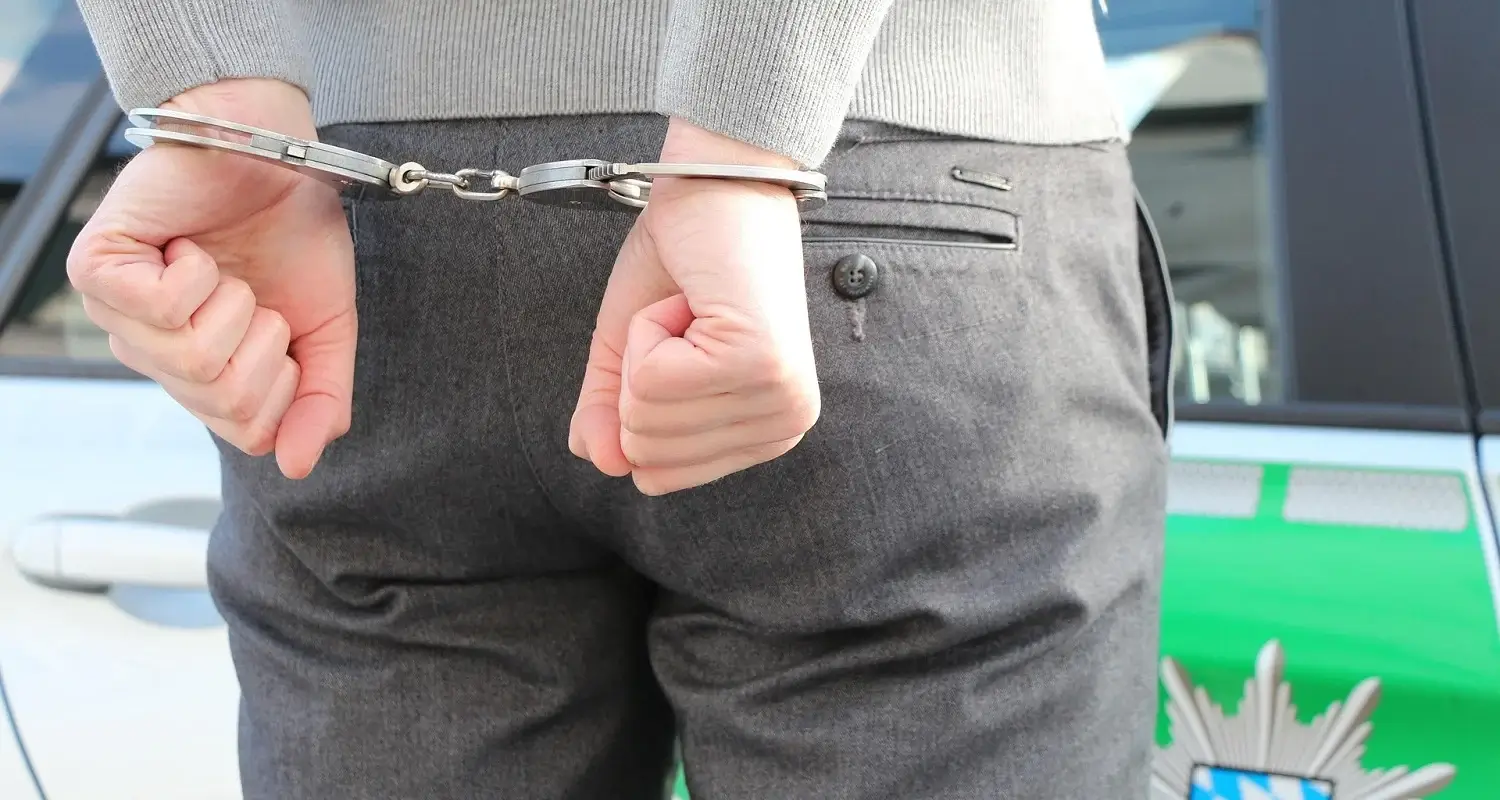
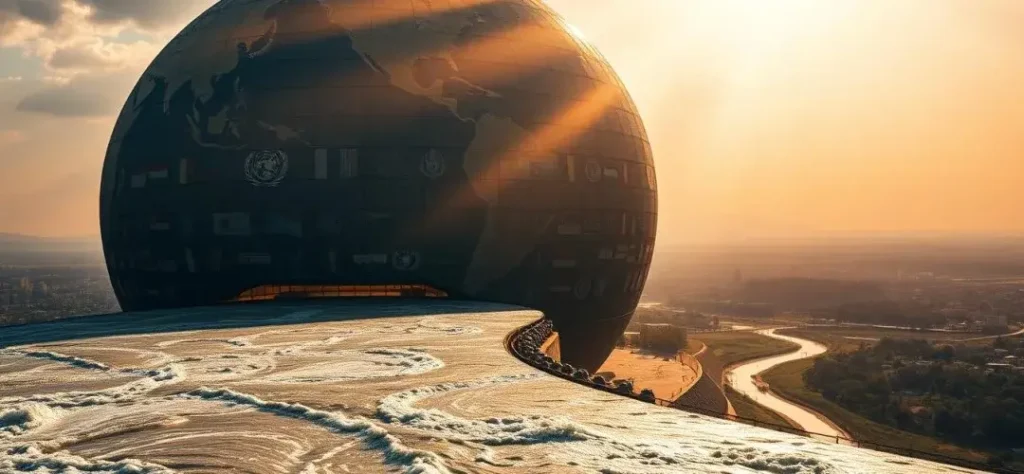


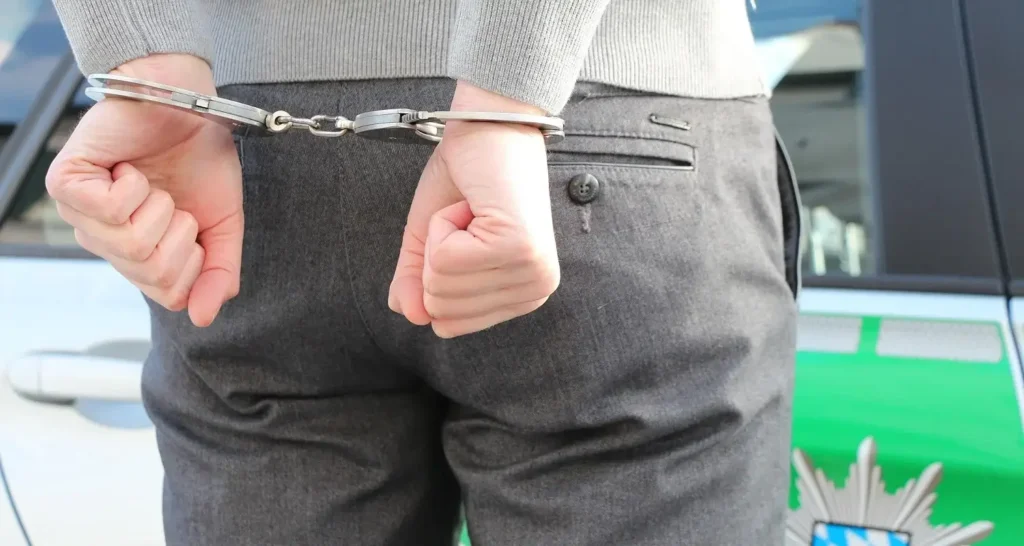



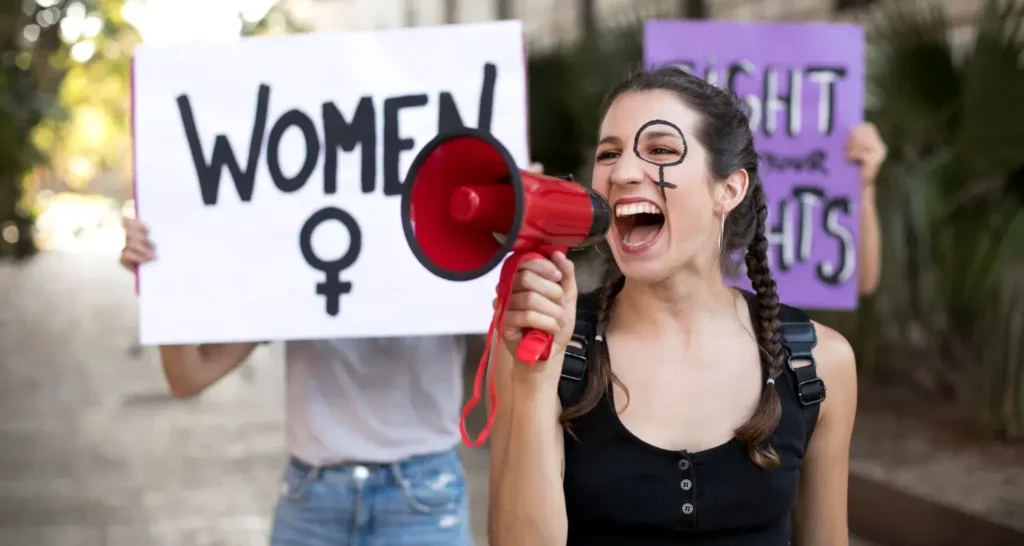
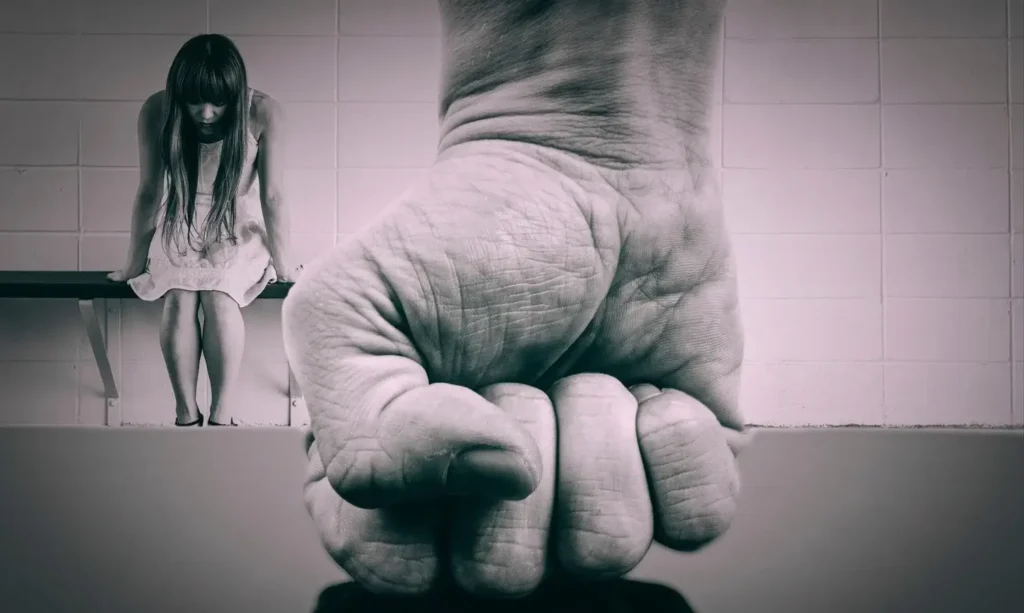
1 thought on “Human rights violations in US”